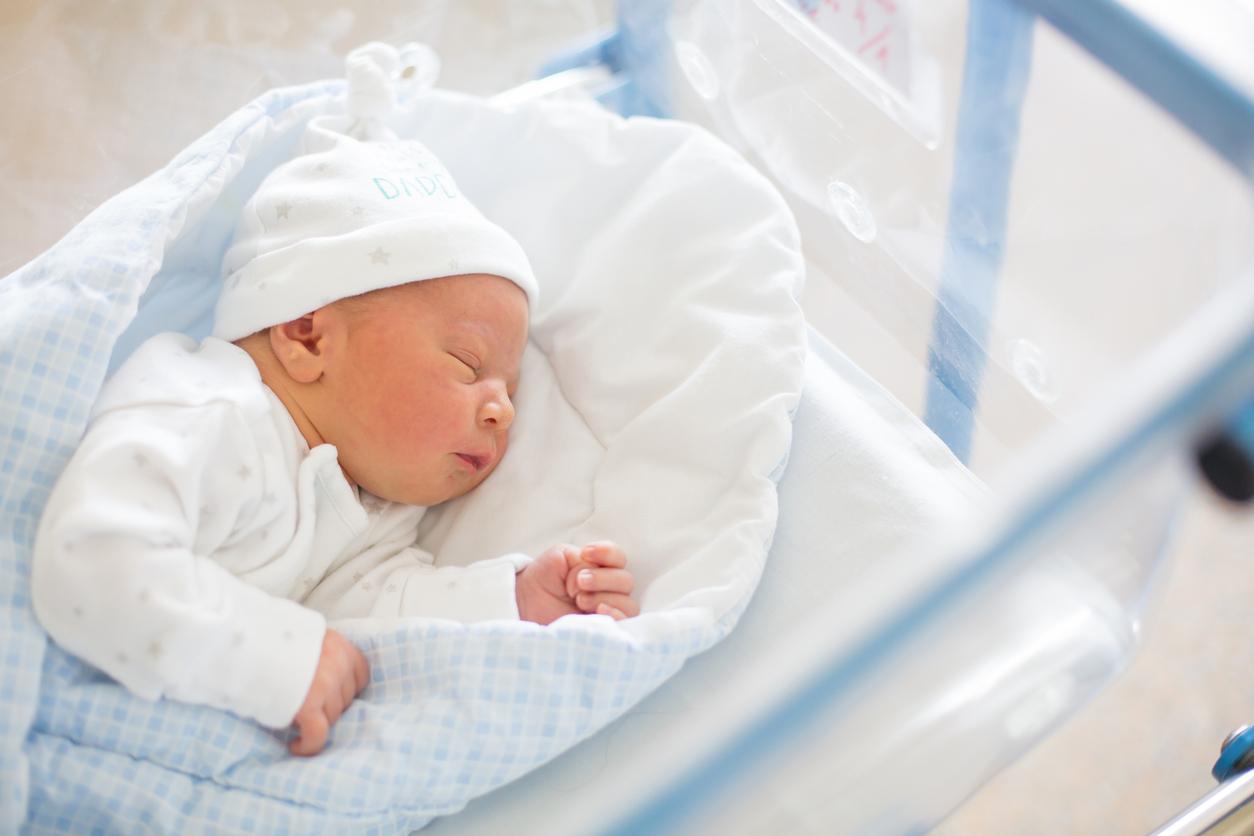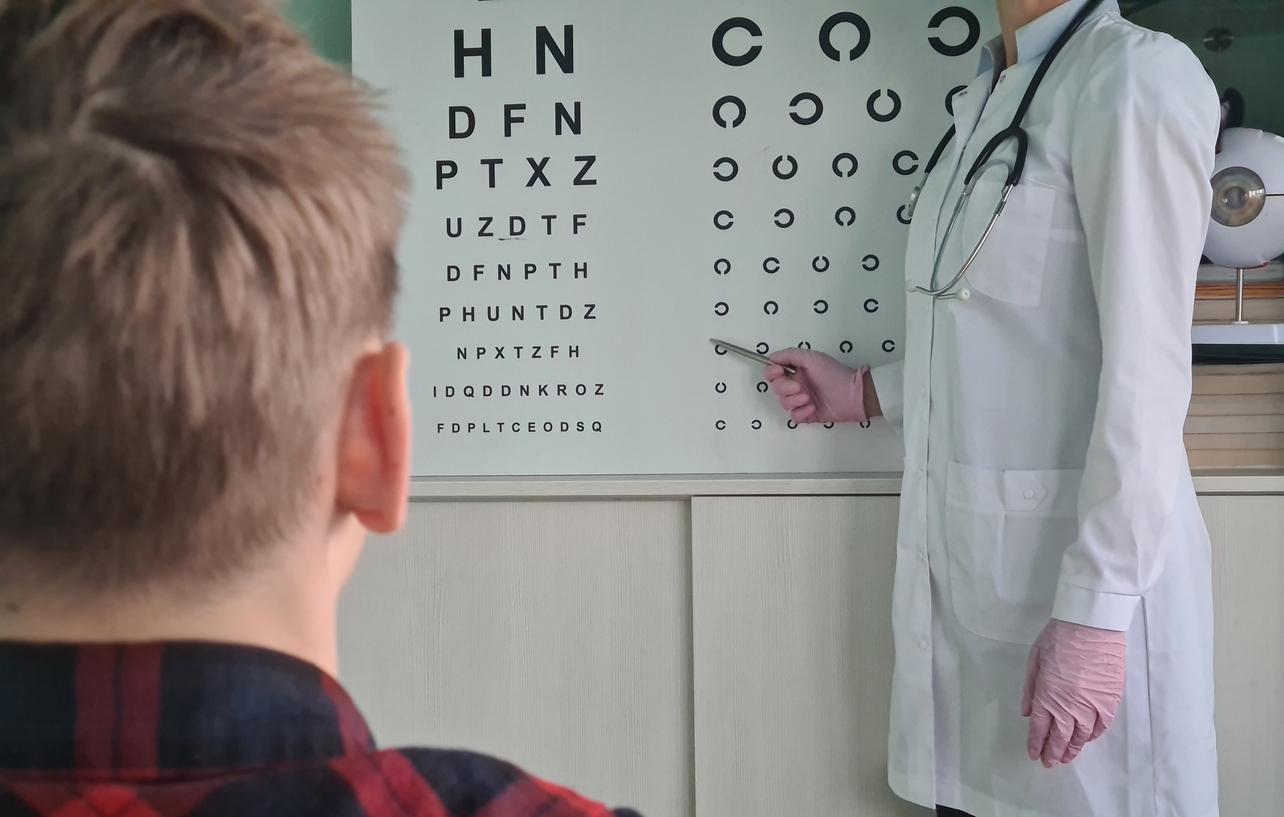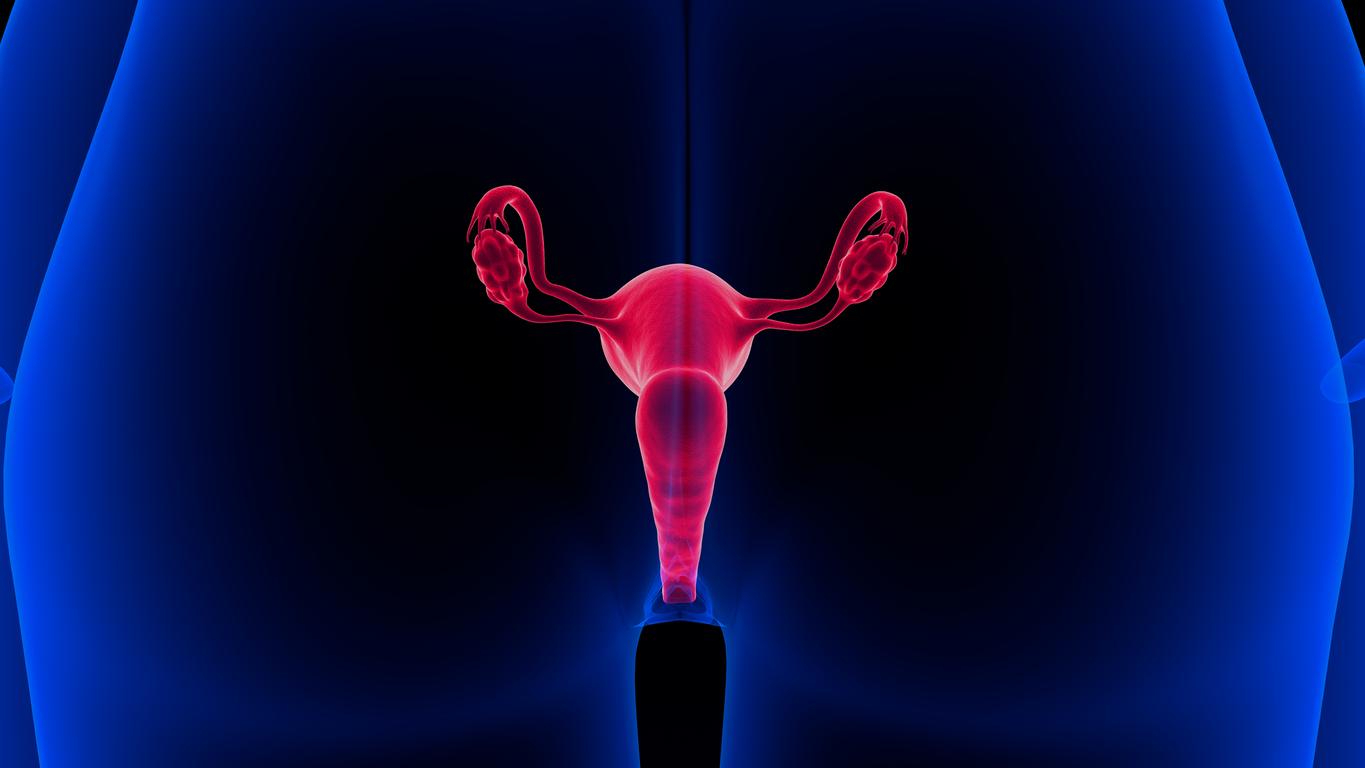In 2023, births fell by 6.6% compared to 2022. According to an INSEE study, this is the sharpest drop since the end of the baby boom.

- In 2023, 677,800 children were born in France, or 6.6% less than in 2022. This decrease is the strongest “since the end of the baby boom in the mid-1970s.”
- The drop in births in 2023 concerns mothers of all ages, including those aged 35 or over, for whom the number of births previously increased.
- In rural areas, spared during the period of health crisis, births are falling again.
Last year, 677,803 babies were born in France, including 639,533 in mainland France. According to a recent INSEE reportthis represents a drop of 48,200 births compared to 2022, or a decline of 6.6%, after 2.2% fewer infants between 2021 and 2022, “knowing that 2021 had been marked by a rebound” of the birth rate. “This is a decline on a scale not seen since the end of the baby boom in the mid-1970s”we can read in the study. More specifically, the data shows that birth numbers have not been this low since 1944, the end of World War II. Even in 1983 and 1993, years of sharp decline in a context of poor economic conditions, the decline was less severe (respectively -5.8% and -4.3%).
Birth rate: older mothers are also affected
According to the work, the decline in births between 2022 and 2023 concerns mothers of all ages, including the oldest (-4.2% for mothers aged 35 to 39 and -5.0% for those aged at least 40 years old). Over the first nine months of 2024, births continue to decrease for mothers aged 35 to 39, while they stabilize for those aged at least 40. For women aged 25 to 34, ages at which the fertility rate is higher, births decline more than on average, more precisely by -7.4% for those aged 25 to 29 and -8.6 % for mothers aged 30 to 34. This decline in 2023 is significantly more pronounced than that observed on average each year since 2010. Finally, for mothers under 25, births continue to decline in 2023.
A resumption of the decline in births in rural areas
Between 2022 and 2023, births decrease in all types of municipalities where the mother resides. A decrease is more marked in rural municipalities, which concentrate around a quarter of births and were the only ones not to have seen their number of births drop between 2019 and 2022. In large urban centers (Paris or outside Paris), the decline of births between 2022 and 2023 is slightly lower than for the entire territory. “In total, over the entire period from 2015 to 2023, births decrease to a comparable extent regardless of the type of municipality,” the report says.
“A decline in fertility” and “a reduction in the number of women of childbearing age”
France is not the only one affected by this reduction in births. Indeed, INSEE reports that between 2019 and 2023, the rate fell by 12% across the European Union. “In almost all EU countries, and more particularly in the northern countries, this drop in births reflects above all a decline in fertility. In the southern and eastern countries of the EU, it also comes from a drop in the number of women of childbearing age: since 2019, the number of women aged 15 to 49 has decreased in these countries, while it is stable in the EU. west and north.”
















